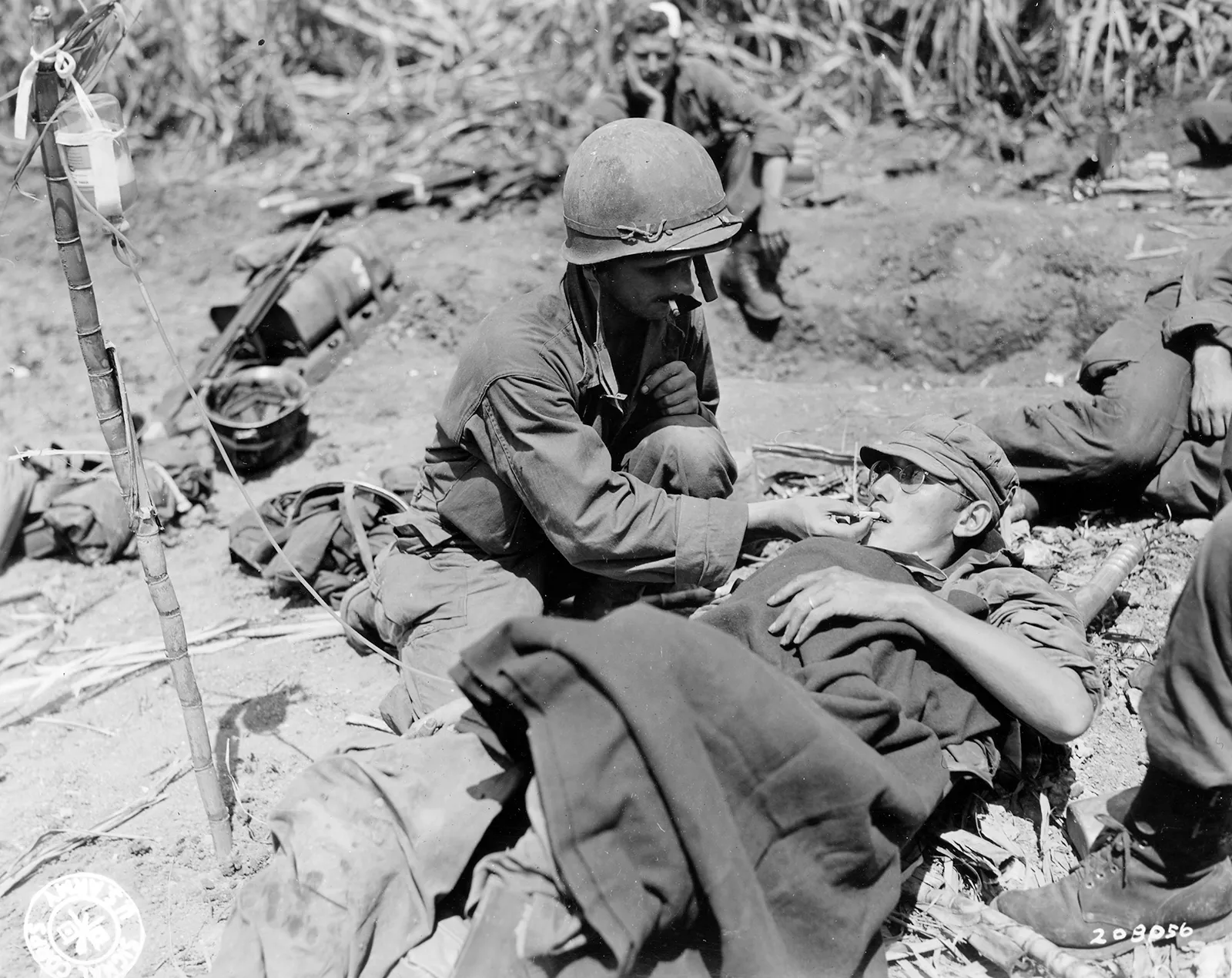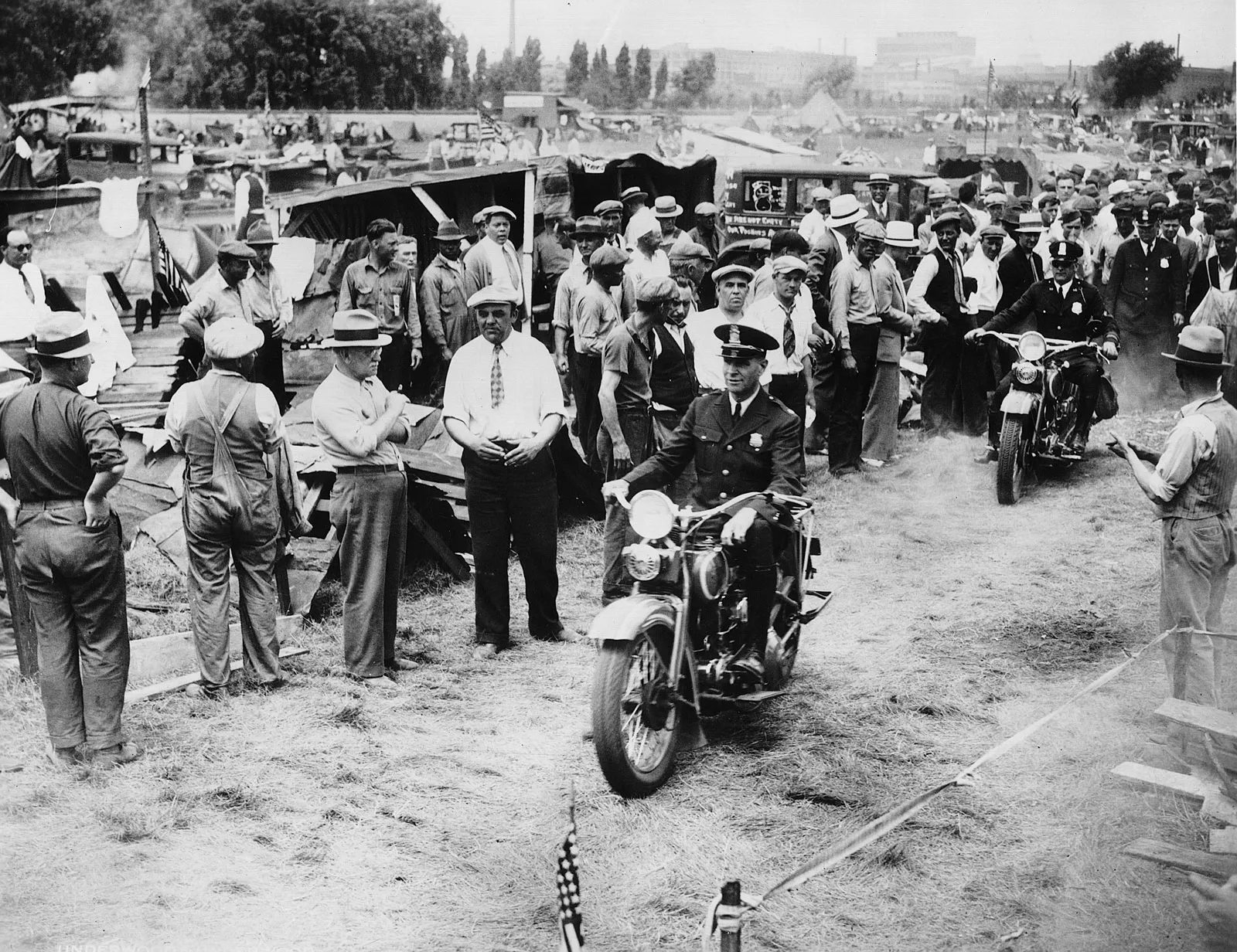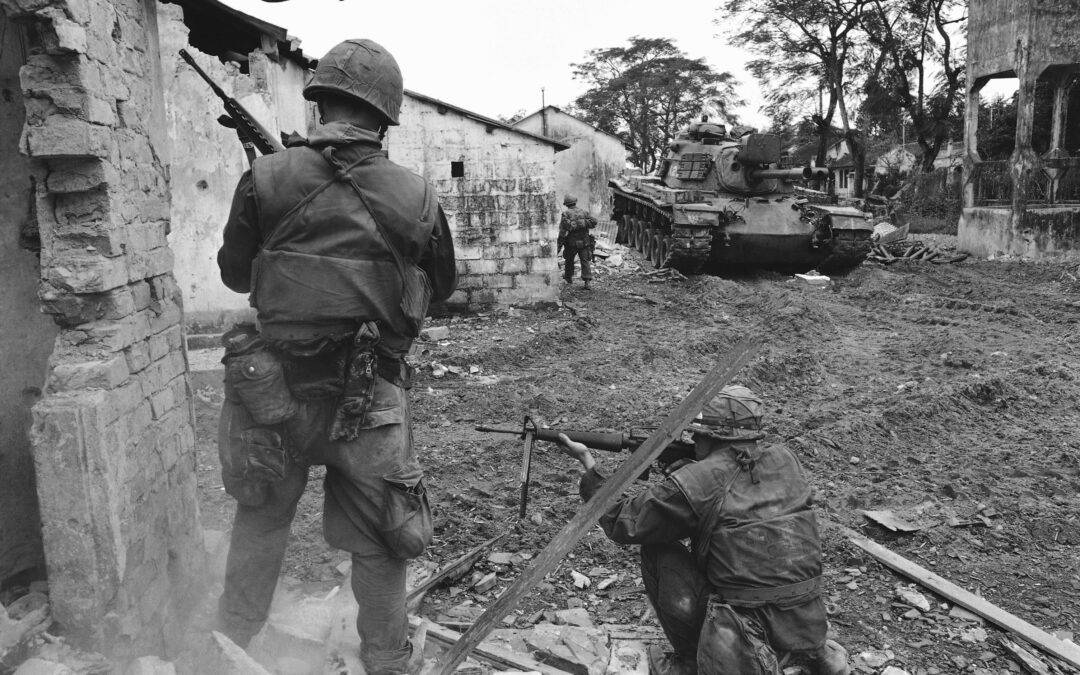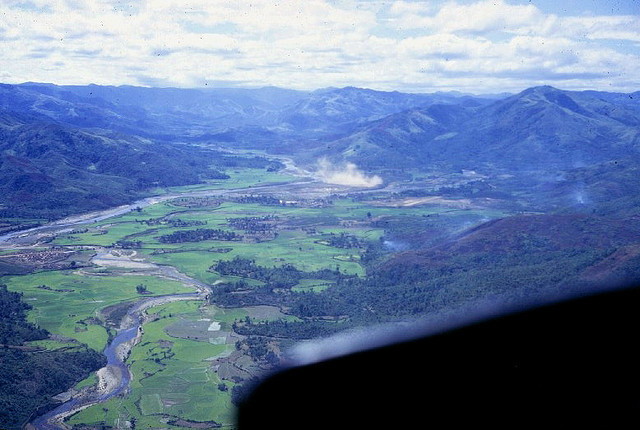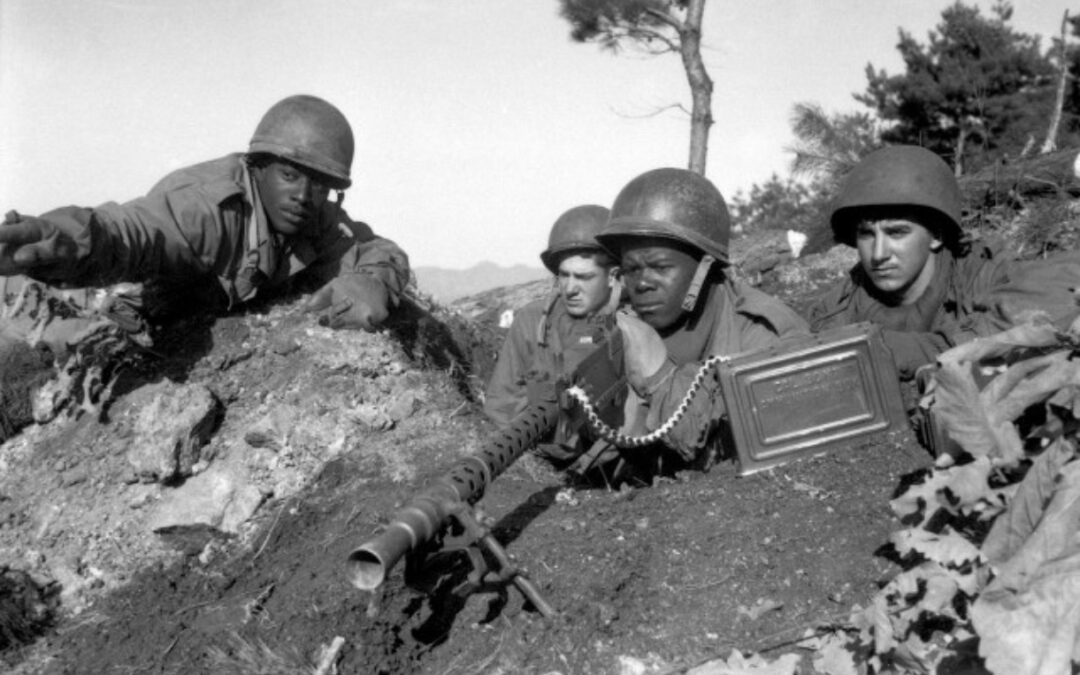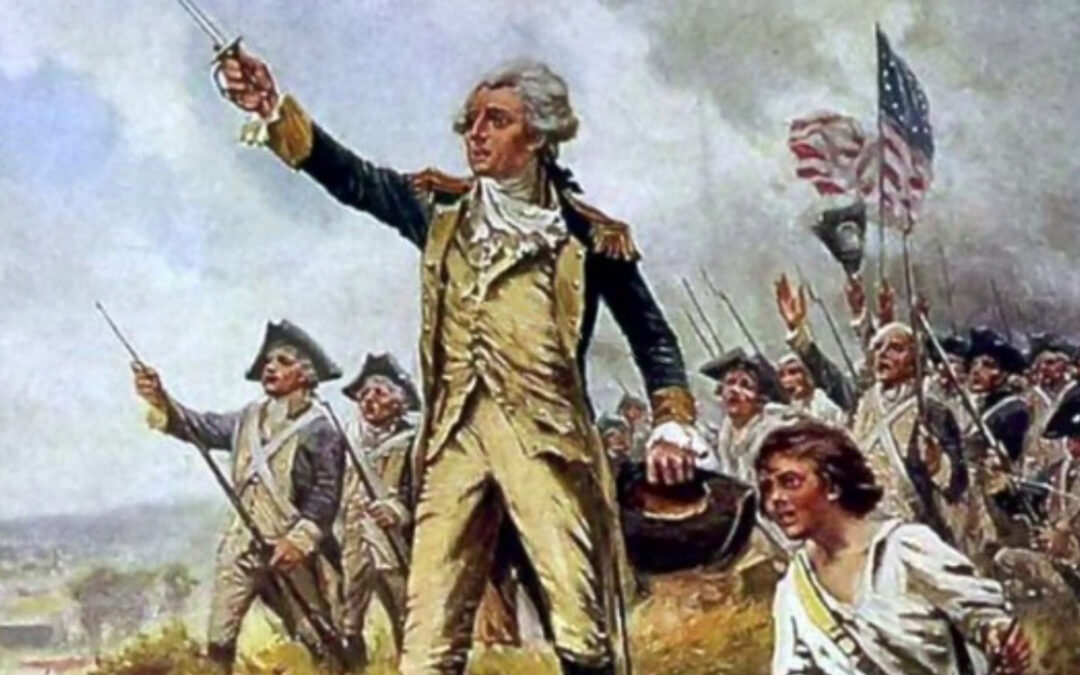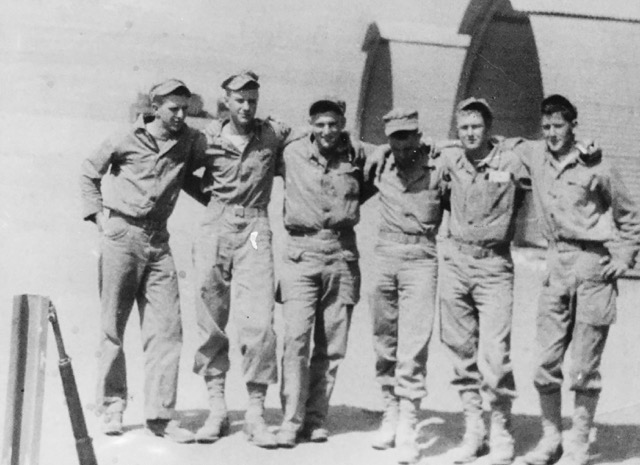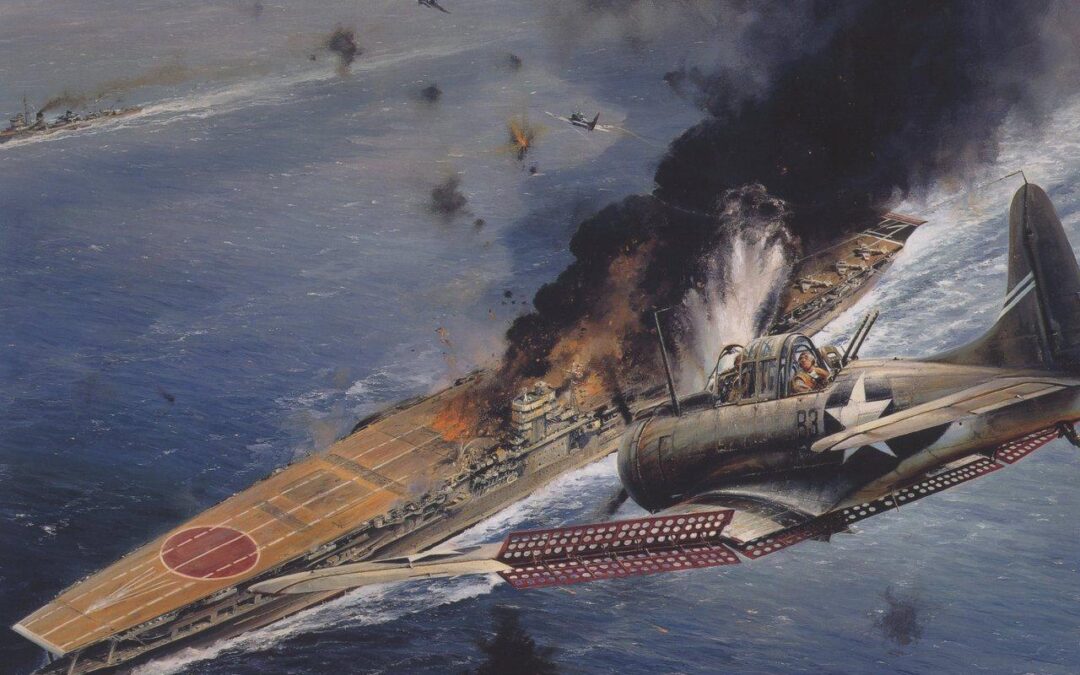Gazing out the open cargo doors of the Huey flying over Phouc Long Province, boyish-looking Specialist 4 Robert Pryor took in an endless landscape of mountains, meandering rivers and rolling hills covered with dense evergreen vegetation, bamboo thickets, and triple canopy tropical broadleaf forests. The forbidding wilderness had an odd virginal beauty. It was also one of the most dangerous places in South Vietnam. This sparsely populated highland plateau, nestled along the Cambodian border some 65 miles northeast of Saigon, had long been a North Vietnamese Army and Viet Cong stronghold. Its isolation offered them a safe hideaway where food and equipment could be replenished while units rested, trained, or prepared for future operations in the III Corps Tactical Zone. Fiercely contested by government and Communist forces, several deadly battles had been fought over the region. One bloody battle took place 24 kilometers from Pryor's destination, Camp Bunard, in June 1965, when the...

